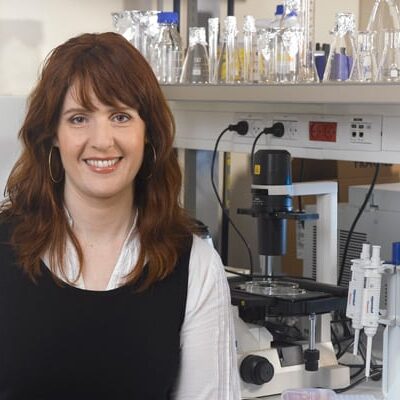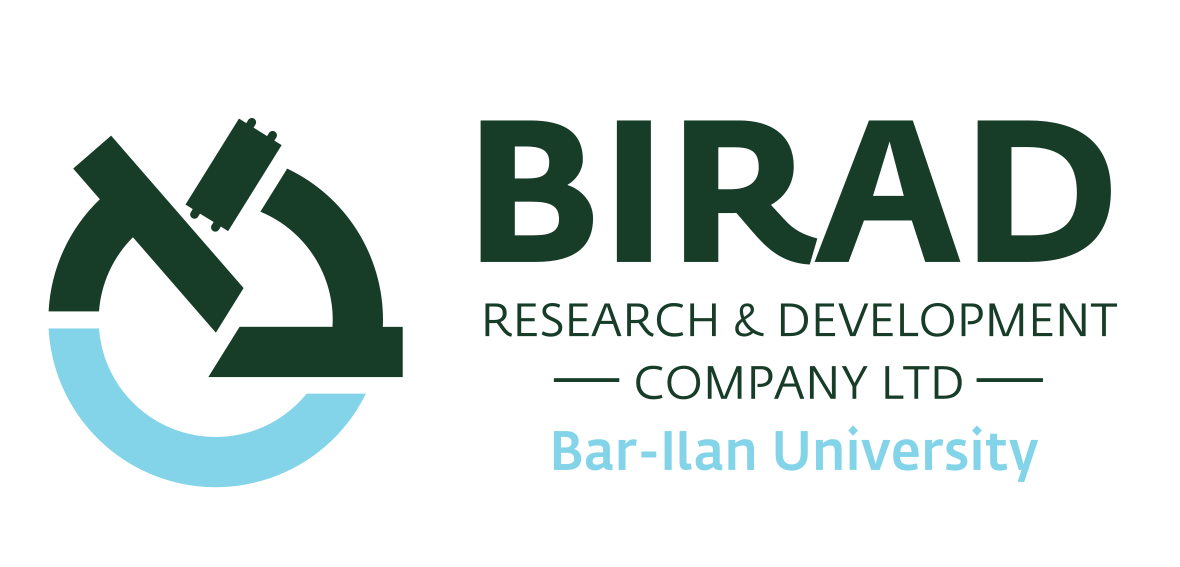Prof. Rachela Popovtzer
Faculty of Engineering
• Prof. Rachela Popovtzer is a Senior Lecturer in the Faculty of Engineering and a member of the Nano-Medicine Center at the Bar-Ilan Institute of Nanotechnology and Advanced Materials (BINA).
• Prof. Popovtzer is currently the head of the Bioengineering track and the Laboratory for Nano-medicine.
• Prof. Rachela Popovtzer is a winner of numerous international grants and awards, such as the Intel Prize, the EU Environment and Living foundation Prize
and the Atol Charitable Trust Fellow in Nano Medicine.

The Problem
We have developed a novel method that will provide simultaneous functional and structural imaging capabilities, with the most widely available imaging modality – the CT. We have developed Glucose Functionalized Gold Nanoparticles (GF-GNP), which like FDG, detects glucose metabolic activity while inducing distinct contrast in CT imaging. We have discovered that these GF-GNP exhibit increased uptake in cancer cells compared to the surrounding normal tissue.
The Problem
We have developed a novel method that will provide simultaneous functional and structural imaging capabilities, with the most widely available imaging modality – the CT. We have developed Glucose Functionalized Gold Nanoparticles (GF-GNP), which like FDG, detects glucose metabolic activity while inducing distinct contrast in CT imaging. We have discovered that these GF-GNP exhibit increased uptake in cancer cells compared to the surrounding normal tissue.
The Solution
We have developed a novel method that will provide simultaneous functional and structural imaging capabilities, with the most widely available imaging modality – the CT. We have developed Glucose Functionalized Gold Nanoparticles (GF-GNP), which like FDG, detects glucose metabolic activity while inducing distinct contrast in CT imaging. We have discovered that these GF-GNP exhibit increased uptake in cancer cells compared to the surrounding normal tissue.
The Commercial Benefit
Our nanoparticles offer cancer detection and imaging with no dependence on short-lived radio-tracers, and provides simultaneous anatomical and functional information using CT.
Market Potential
The cancer imaging market is a very large market, according to a recent market report, the global cancer diagnostics market is expected to grow at a CAGR of 7.6% from 2014 to 2020 and reach an estimated value of USD 168.6 billion in 2020. Cancer diagnosis through imaging modalities constitutes the largest portion in the cancer imaging market and is expected to grow at a CAGR of 8.2% from 2014 to 2020.
Target Markets/Industries
• Cancer imaging market
• Cancer research laboratories
• Cancer research foundations
• Cancer organizations
Intellectual Property
Patent pending
Future Research
Validation in various cancer models and toxicology.
The Opportunity
We invite diagnostic companies to license our patent through a licensing agreement with a sponsored research.
Keywords
• Cancer diagnostics
• Metabolic imaging
• Functional imaging
• FDG-pet imaging
• Glucose metabolic imaging
